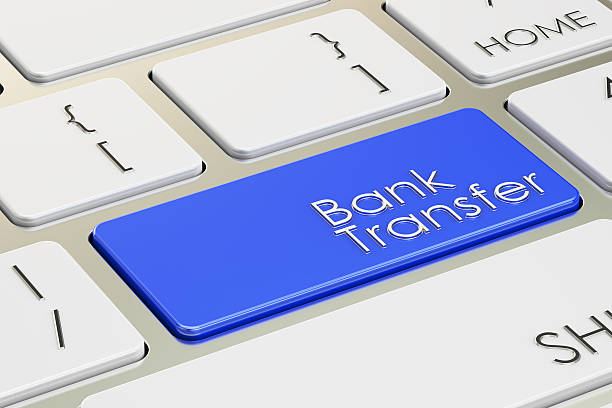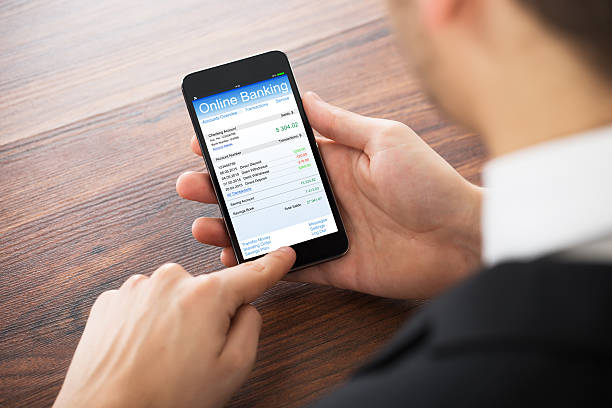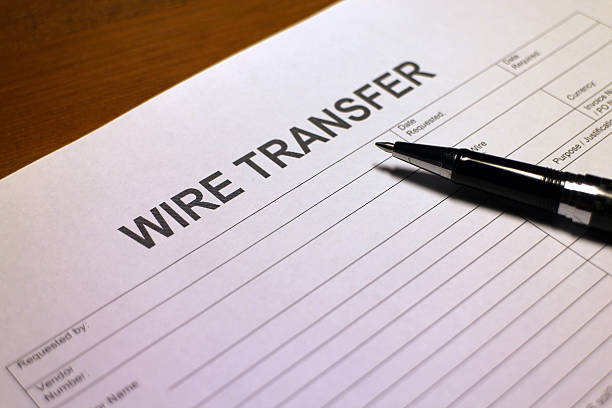Recipient's Full Name: Ensure you have the complete and accurate name of the person or entity you're transferring money to. This includes their first name, middle name (if applicable), and last name.
Recipient's Bank Name: You'll need the name of the recipient's bank, which is usually provided by the account holder.
Recipient's Account Number: The recipient's bank account number is a unique identifier that specifies where the funds should be deposited. Ensure you double-check this number to avoid any errors.
Recipient's Bank's Routing Number: In some countries, such as the United States, banks use routing numbers to identify financial institutions. Make sure you have the correct routing number for the recipient's bank.
2. Your Account Information
To initiate a bank transfer, you'll need information about your own bank account. This includes:
Your Full Name: Your name should match the name associated with your bank account.
Your Bank Name: Provide the name of your bank.
Your Account Number: This is your bank account number, which will serve as the source of the funds.
Your Bank's Routing Number: If you're sending money from one bank to another within the same country (e.g., in the United States), you may need your bank's routing number.
3. Transfer Amount and Currency
Specify the exact amount you want to transfer and the currency in which the transfer should be made. Ensure that the currency matches the recipient's account currency if you're sending money internationally, as currency conversion may incur additional fees.
4. Purpose of the Transfer
Some countries and financial institutions may require you to provide a reason or description for the transfer. This is often for regulatory and reporting purposes. Be prepared to provide a brief explanation if requested.
5. Additional Information for International Transfers
If you're sending money internationally, you may need additional information, such as:
Recipient's Bank's SWIFT/BIC Code: The SWIFT or BIC (Bank Identifier Code) is a unique code that identifies the recipient's bank in international transactions.
Recipient's Bank's Address: The address of the recipient's bank is often required for international transfers.
IBAN (International Bank Account Number): Some countries use IBANs in addition to account numbers for international transfers. Check if the recipient's country requires an IBAN.
6. Security Authentication
To ensure the security of your transfer, your bank may require an additional layer of security, such as a one-time code sent to your mobile device or email for authentication purposes. Be prepared to follow the bank's security procedures.
7. Fees and Charges
Before initiating the transfer, inquire about any fees associated with the transaction. Banks often charge fees for various types of transfers, especially international ones. Knowing the fees in advance will help you plan accordingly.
Double-Check for Accuracy
Accuracy is paramount when initiating a bank transfer. Errors in the recipient's account information or the transfer amount can result in delays and additional fees. Always double-check all the information you've gathered before confirming the transfer. Additionally, be mindful of your bank's cut-off times for same-day processing, especially if you need the funds to reach the recipient promptly.
In conclusion, initiating a bank transfer requires specific information about both the sender and the recipient, the transfer amount, and, for international transfers, additional details such as SWIFT/BIC codes and IBANs. Pay close attention to accuracy, and if you're unsure about any aspect of the transfer, consult with your bank for guidance. With the right information and attention to detail, you can conduct bank transfers efficiently and securely.
Frequently asked questions (FAQs) for bank transfers




